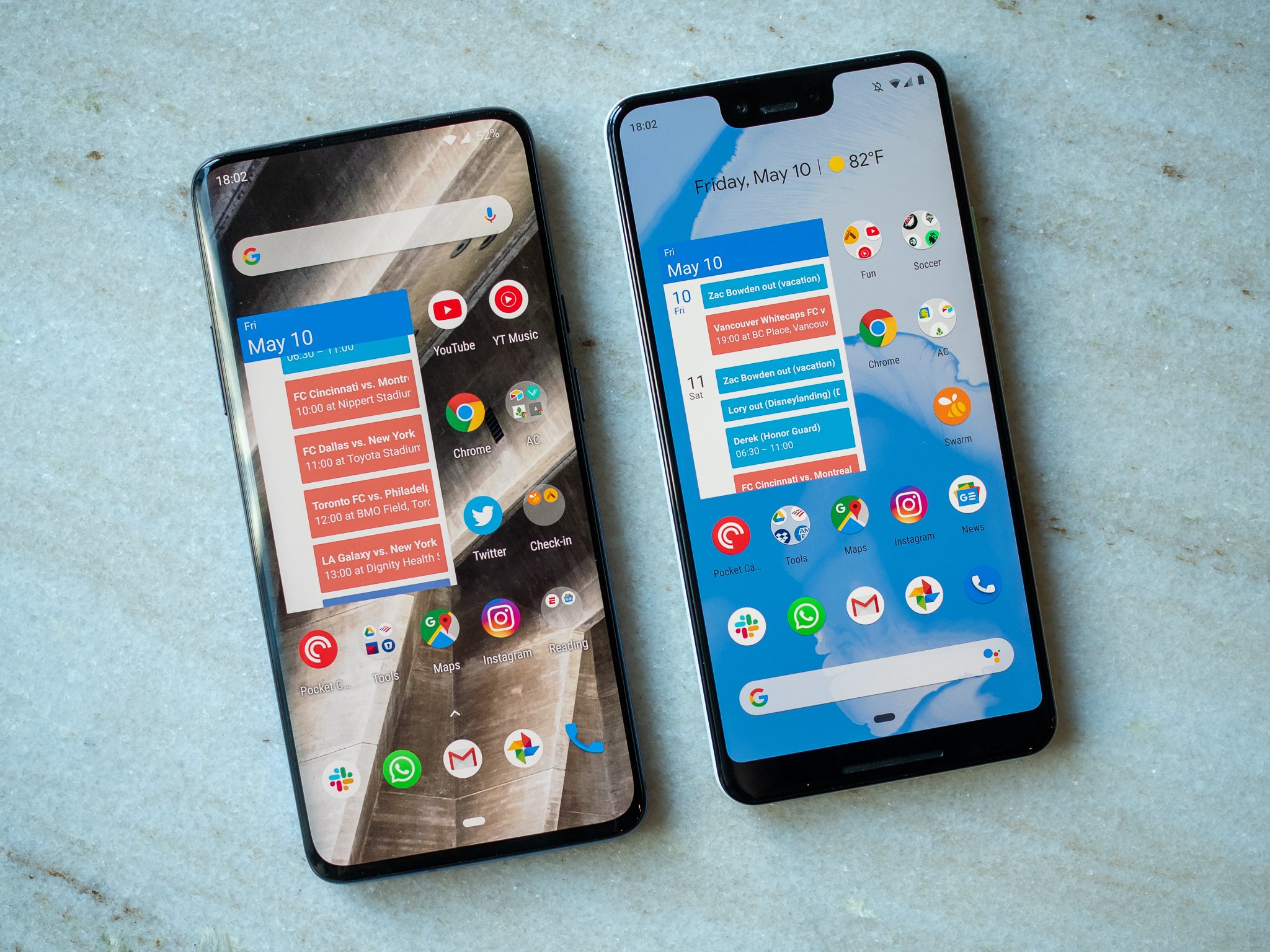From the Editor's Desk: Google's looming Pixel 4 disappointment

It's been three years since Google first launched its Pixel series of devices. In that time, despite lackluster sales, the company's phone brand has managed to carve out its own niche around quality photography and software purity. There's no denying Google's Android software is more enjoyable to use than anyone else's, and that its HDR+ camera is in a league of its own.
But with flagging Pixel 3 sales, it's also evident that the Pixel series as a whole has been far from a resounding success. A big part of the reason why the Pixels have failed to enjoy success beyond a niche audience is that Google seems to have its head in the sand when it comes to what the Pixel line actually is.
You can attribute the Pixels' lack of barnstorming success to occasionally sluggish software or ho-hum hardware designs, but in my view one of the Pixel brand's most significant weaknesses is Google's stubborn insistence that the normal rules of high-end smartphones do not apply to it. See: generic hardware build and no water resistance in 2016. Bad screens in 2017. 4GB of RAM and single cameras in 2018. And in 2019, only two cameras, no fingerprint sensor and hefty top screen borders.

In other words, Google is trying to be Apple. Now Cupertino, with its reality distortion field and near trillion dollar value, along with its own custom silicon and supply chain dominance, is one of the few players who really do exist outside the norm. Google, however, is for all intents and purposes just another Android smartphone maker, with access to largely the same components as everyone else — outside of its unique Pixel Visual Core chip.
The obvious counter-argument is that regular consumers don't care about specifications. You buy a phone for what it does, not numbers in a spec sheet. Yet the Pixels' current weaknesses go beyond mere figures on a page. Lackluster battery capacities compared to its peers put the Pixel 3 line at a disadvantage compared to the Galaxy Note 9s and Mate 20 Pros on neighboring store shelves in 2018. The dismal multitasking capabilities of the Pixel 3 XL make for easy one-sided comparison videos. And the single camera, however impressive, can't take true telephoto or ultrawide shots.
Google's assumption that its software secret sauce can counteract rivals' hardware dominance has failed to play out in the market.
And so it's frustrating to witness the early stages of such disappointment in the Pixel 4 and 4 XL. As rivals like the OnePlus 7 Pro adopt space-age designs, Google insists upon face authentication with chunky forehead bezels. As even Apple looks set to adopt triple cameras, Google reportedly will feature only two — a standard and telephoto, as if t'were 2016.
Get the latest news from Android Central, your trusted companion in the world of Android
And in parts of the world where you find yourself wearing sunglasses 12 months a year, good luck getting by without fingerprint unlock.
I'd love to be proven wrong this October, but the Pixel series still seems like something of a hobby project for Google. Even after having gobbled up the remains of HTC, working directly with Foxconn on device manufacturing and with the benefit of three and a half generations of experience, I'm still expecting to be at least somewhat let down by the Pixel 4 range later in the year.
Here's hoping I'm wrong.
Other odds and ends for a working Sunday:
- While I'm giving Google a hard time, it's pulling some last-minute shenanigans to fix up Android Q's terrible gesture controls. Q's back gesture in particular has been problematic, breaking slide-out menu functionality in many applications including Google's own apps. Google's answer? A new peek and slide gesture, along with exclusion areas in certain apps.
- Huawei is supposedly off the hook for the moment, with regards to its current predicament around access to U.S. technology. ICYMI, President Trump announced last weekend that he'd permit the Chinese firm to do business with American companies. However the situation is murky as ever, with the timeline for Huawei's normalization in question, and plenty of room for doubt as to what form the Mate 30 will take when it eventually emerges. Trump has promised to allow Huawei access to U.S. businesses, yet the company remains on the Department of Commerce's Entity List, meaning in practice, for the time being, nothing has changed. Let's see what happens as the immediate August 19 deadline approaches.
- Apparently the Galaxy Note 10 and 10+ will feature real, actual buttons after all, as Samsung has reportedly ditched plans to include HTC U12+-style digital non-buttons. Given the teething problems experienced by HTC last year, that's not too surprising. Though it's probably a case of if, not when someone solves the usability problems around digital keys. Nevertheless, the Note always has been Samsung's enthusiast phone, and the emergence of two models this year perhaps liberates the company to shoot for a higher-specced, more expensive offering in the Note 10+.
- Vodafone UK has a compelling 5G offering, with packages announced this week focusing on unlimited data and capped speeds rather than the reverse. The country's second 5G rollout remains limited to a handful of larger cities, but certainly brings the heat to EE, whose 5G service has data caps broadly in line with its 4G plans.
That's it for another couple of weeks. Catch you guys in the run up to Note 10 season!
-Alex

Alex was with Android Central for over a decade, producing written and video content for the site, and served as global Executive Editor from 2016 to 2022.
